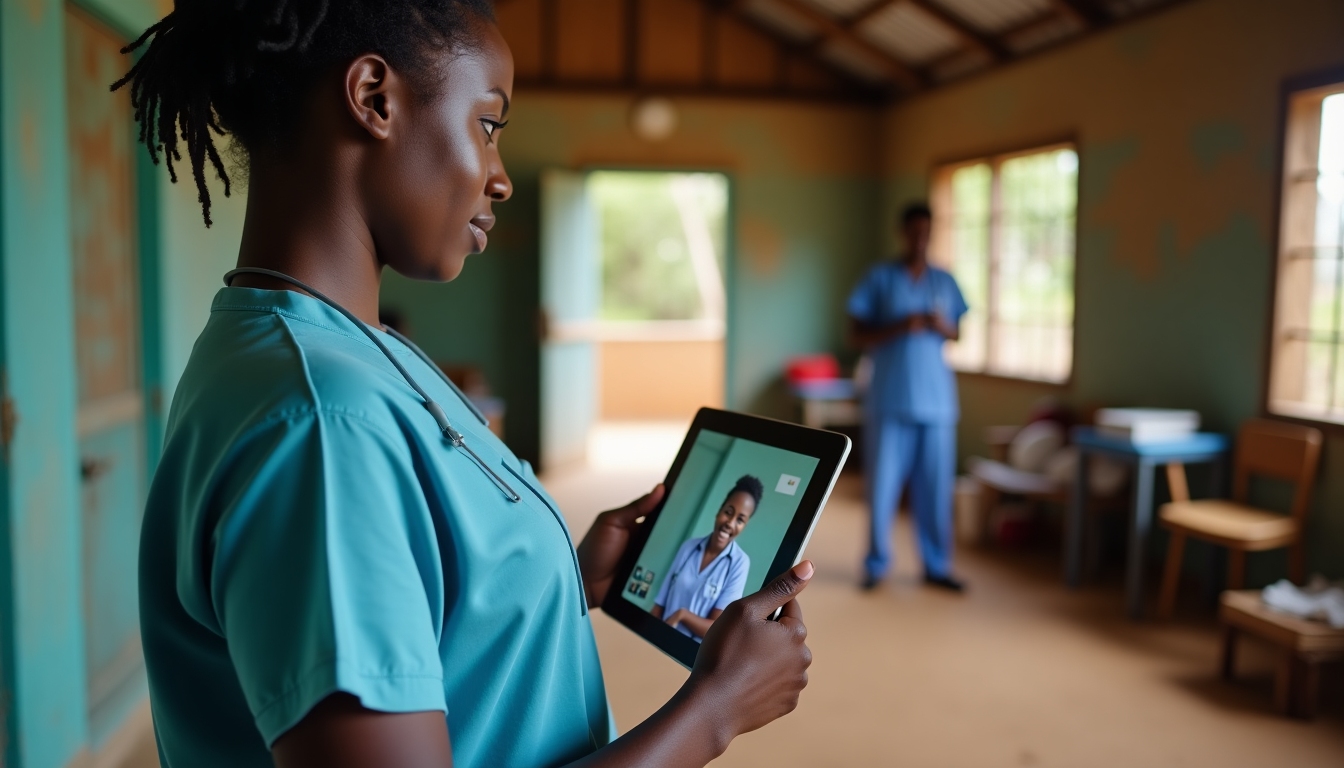Overcoming Challenges in Global Health Initiatives
By , March 31, 2025
Global health initiatives are vital for improving health worldwide, yet they face tough challenges. Funding shortages, cultural differences, and logistical hurdles often stand in the way. This article dives into how creative solutions and teamwork across borders are overcoming these obstacles to create lasting change.
These initiatives cover efforts like vaccination drives, disease prevention, and building healthcare systems. They aim to make life better for people everywhere. However, the road to success is rarely smooth, with many barriers testing the resolve of those involved.
Funding is a major hurdle. Many projects depend on grants and donations, which can dry up unexpectedly. This uncertainty can pause or even stop efforts, leaving communities in need without help. Organizations are now exploring new ways to raise money, like crowdfunding and partnering with businesses, to keep projects alive.
I once worked on a rural health project that stopped halfway because funds ran out. The community’s disappointment was hard to witness. That experience showed me how crucial it is to plan ahead and find diverse funding sources to avoid such setbacks.

Cultural differences also complicate global health initiatives. What works in one place might not in another due to unique beliefs and practices. Organizations tackle this by training volunteers to respect and understand local ways, building trust with communities.
For example, I helped launch a health education program where traditional healers were key figures. At first, we faced pushback because we overlooked their role. By including them, we won the community’s support and saw real progress.
Logistics can be a nightmare, especially in hard-to-reach areas. Getting supplies, setting up clinics, and bringing in healthcare workers takes effort and planning. In remote spots, even small delays can disrupt everything.
Yet, these challenges don’t stop progress. International collaboration is a game-changer. By teaming up with local groups and governments, initiatives tap into local know-how and resources, making solutions more effective.

Take a maternal health project I heard about in a developing country. They worked with local midwives to cut maternal deaths. This partnership boosted results and earned the community’s trust, proving collaboration works.
Technology helps too. Telemedicine lets doctors assist from afar, reaching places with few healthcare workers. It’s a simple fix that makes a big difference in areas cut off from care.
Training local people is another smart move. When healthcare workers gain new skills, they keep projects running long-term. I saw this in a program where we trained community health aides—they were eager and kept the effort alive after we left.
Volunteers are the backbone of many initiatives, especially healthcare professionals. They bring skills and passion to tough settings. International volunteering for healthcare professionals fills gaps and lifts communities.

Volunteers do a lot. Here’s how they help: - Deliver medical care directly - Train local health workers - Run education campaigns - Handle logistics and paperwork
Thinking about international volunteering? Preparation matters. Learn the area’s culture, health issues, and be ready to adapt. Flexibility is key when resources are scarce.
Here are tips for volunteers: 1. Study the region’s healthcare setup. 2. Pick up basic local phrases. 3. Expect limited supplies. 4. Honor local traditions. 5. Keep an open mind.
Politics can slow things down too. Unstable governments and red tape make it hard to get permits or move supplies. Organizations fight this by working with officials to speed things up and push for helpful policies.

Data is a powerful tool. Collecting and analyzing it helps spot problems and focus efforts. One initiative used mobile surveys to find malnutrition hotspots, then targeted those areas successfully.
The results speak for themselves. Global health initiatives have cut disease spread and boosted medicine access. Here’s a look at the impact:
| Indicator | Before | After |
|---|---|---|
| Infant Deaths | 50 per 1,000 | 30 per 1,000 |
| Clean Water Access | 60% | 80% |
| Vaccines | 70% | 90% |
The future looks bright, but new issues like climate change need attention. Overcoming challenges in global health initiatives will take fresh ideas and teamwork. Volunteers and pros must stay committed.
In short, global health initiatives face big hurdles, but they’re beatable. Collaboration, innovation, and dedicated volunteers—especially in international volunteering—make it happen. Staying adaptable and respectful keeps the mission on track.